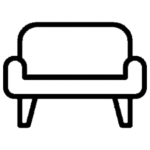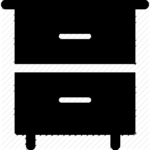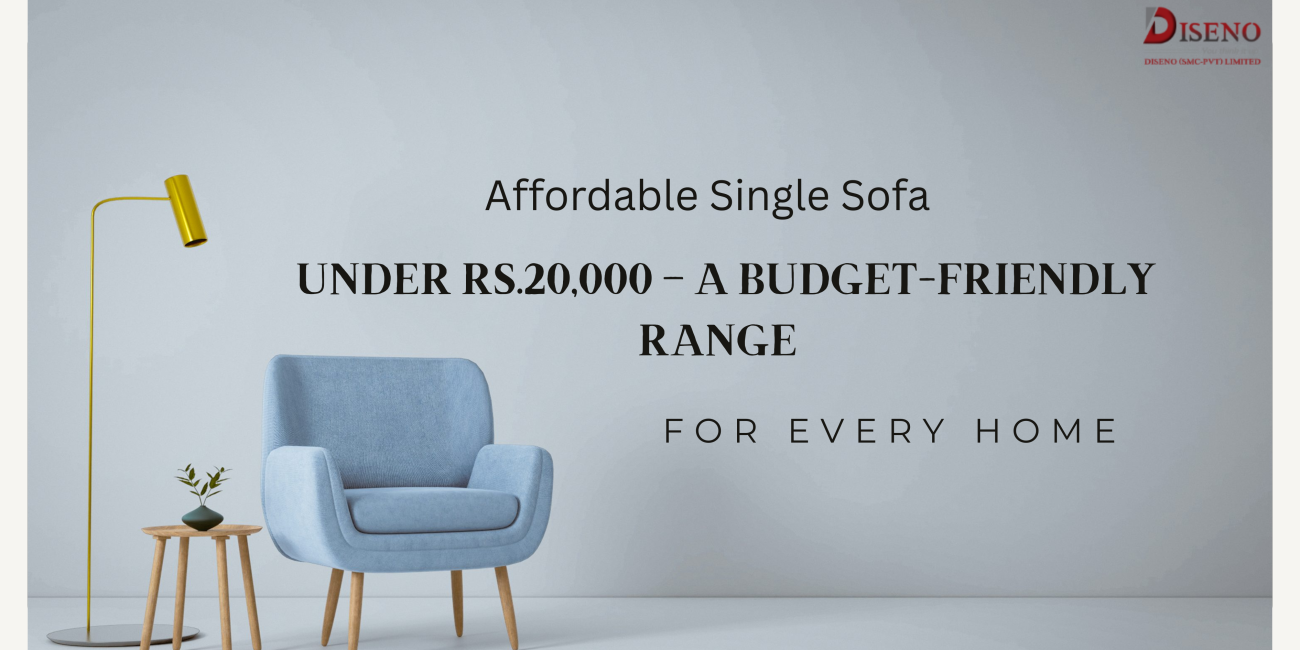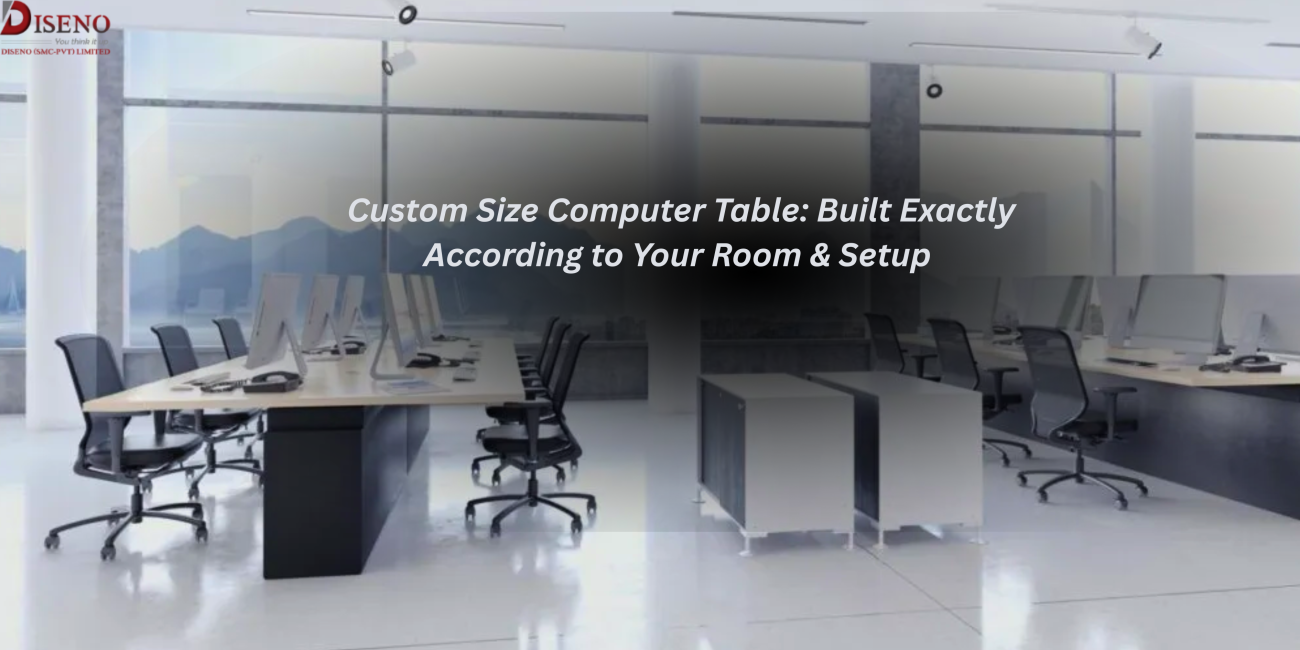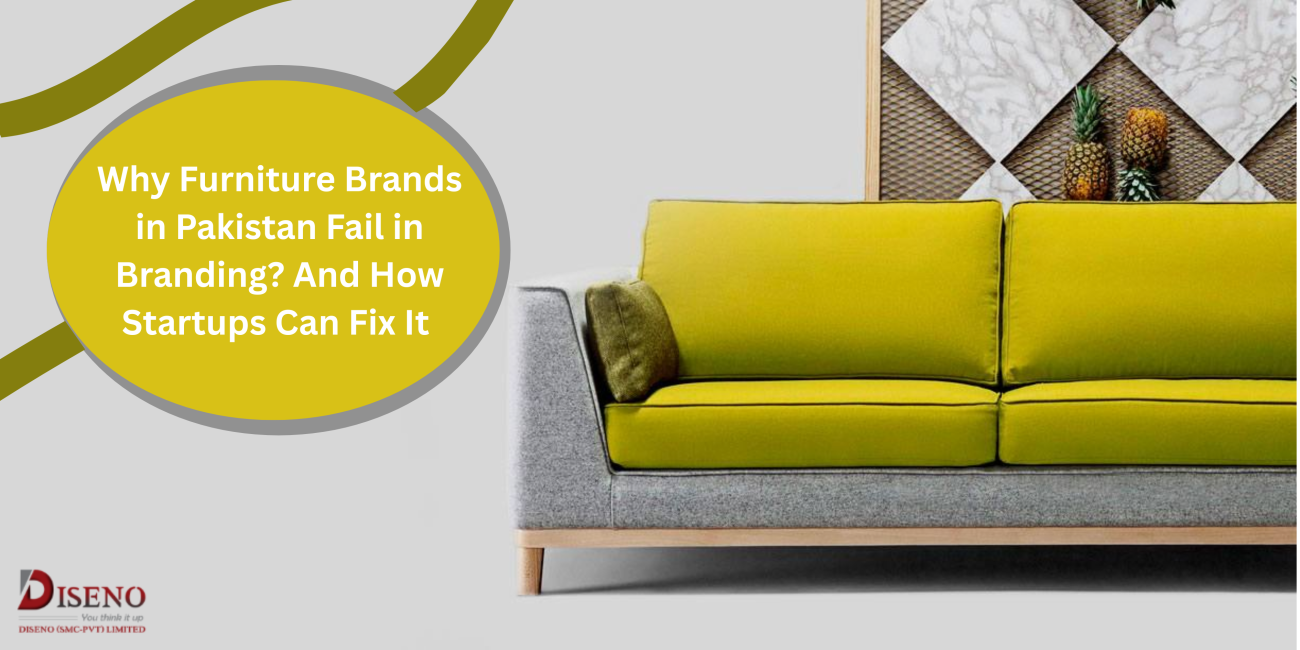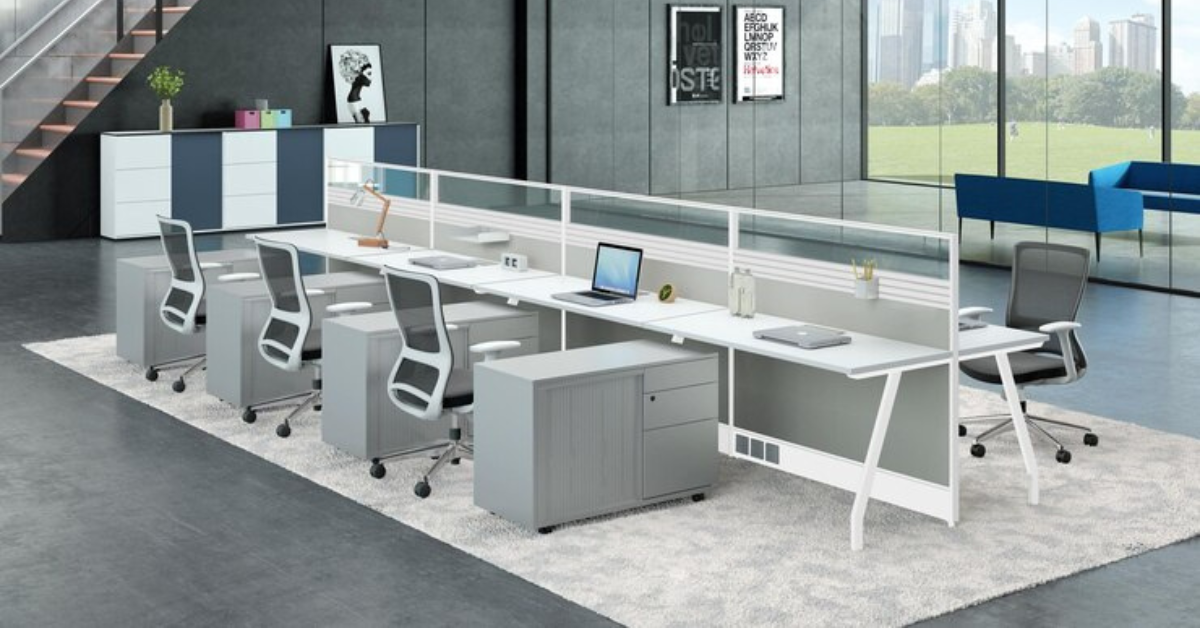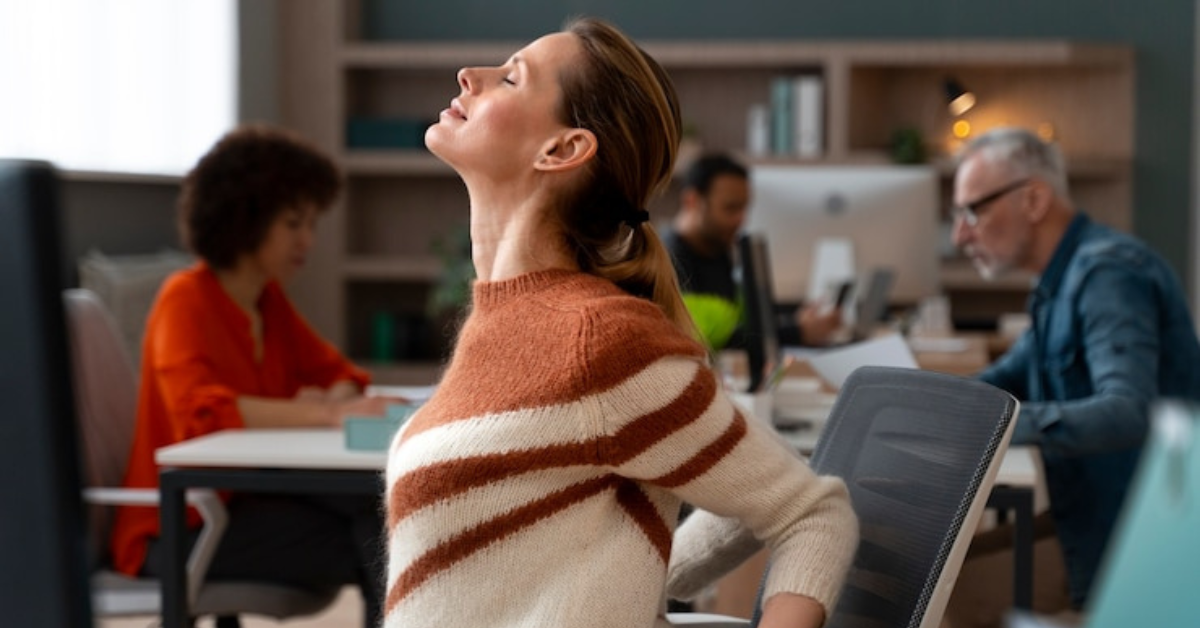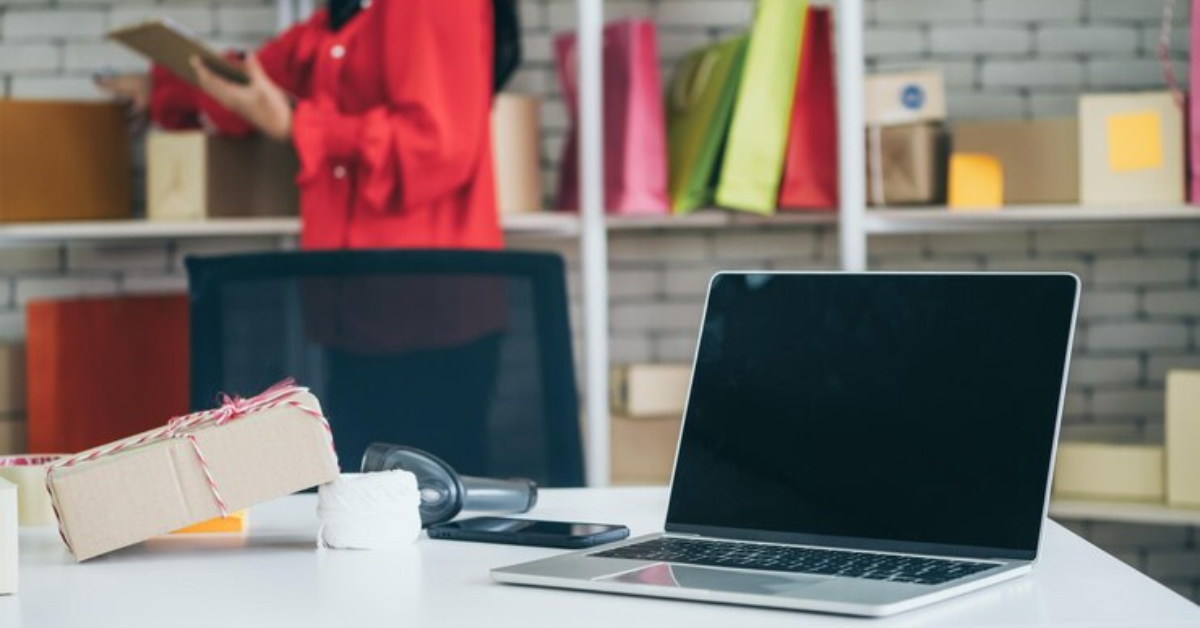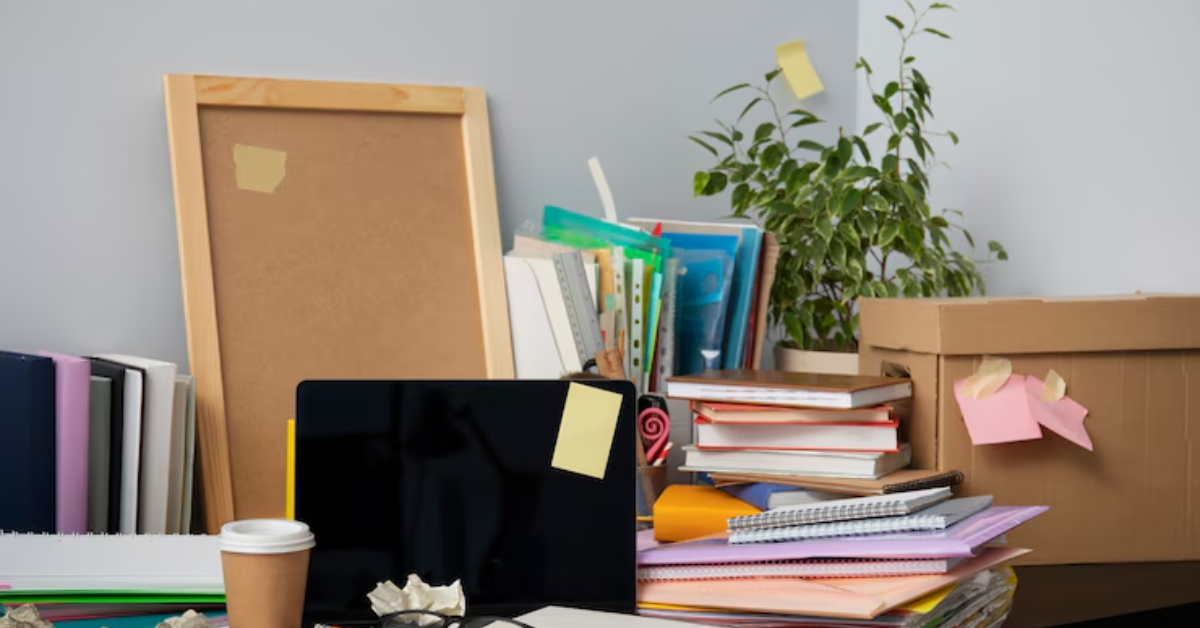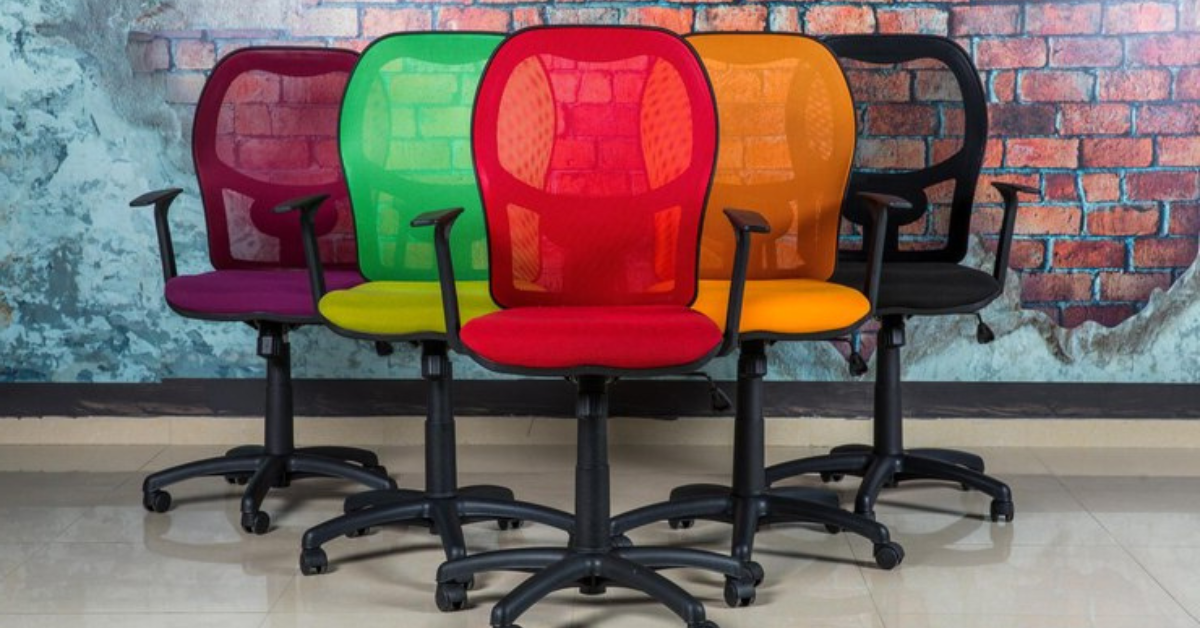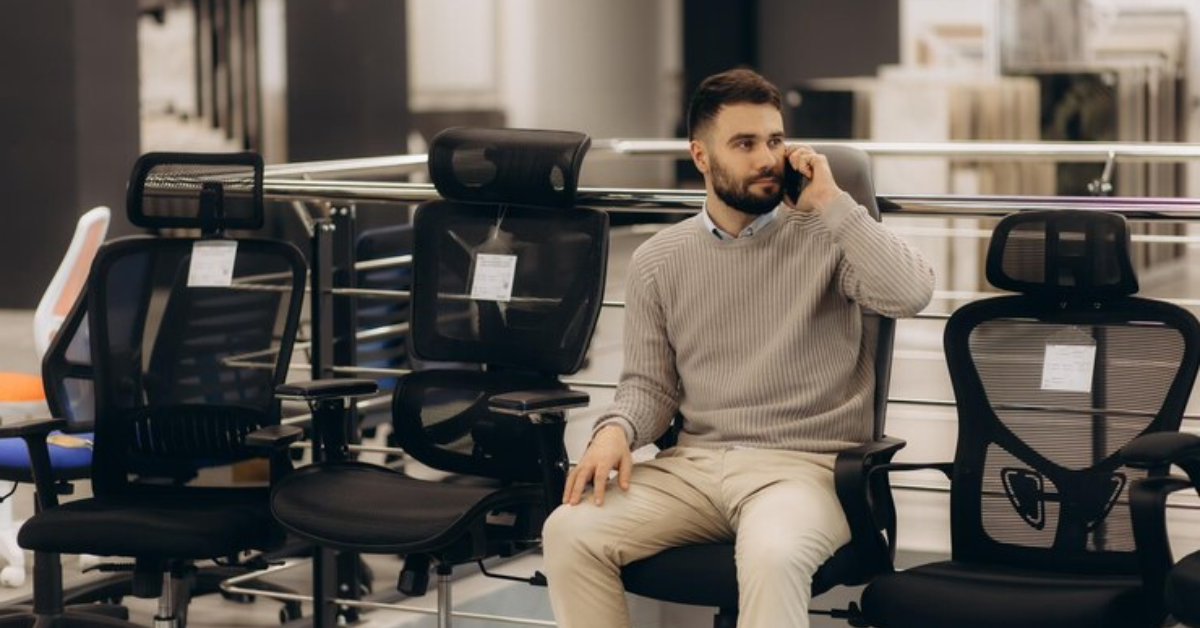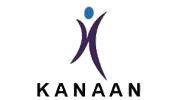Blog
Colour & Material Guide for Office Interior Design: What’s Hot in Pakistan

When you’re designing or redesigning an office space whether you’re searching for the “best interior designer in Lahore” or simply Googling “interior designer near me” choice of colour and material can elevate the workspace from ordinary to impactful. In Pakistan’s evolving commercial interior landscape, bold shifts are underway. This guide will help you navigate the trends, get inspired for your next fit‑out, and understand how selecting the right materials and hues works for your brand, your team and your bottom line.
Why colour & material matter in an office setting ?
In any workspace, the palette and materials speak louder than signage. For an “office interior design” project:
- Colour affects mood. A well‑chosen base and accent palette encourage focus, calm and creativity.
- Materials (flooring, wall‑finishes, furniture upholstery, partitions) influence acoustics, comfort and durability.
- In Pakistan’s context, where budgets, climate and availability vary, smart material choices deliver both aesthetics and longevity.
For someone seeking an “interior designer in Lahore” or “home interior designer” (for a more hybrid home‑office setting) this means: your choice of palette doesn’t just look good it must perform.
What’s hot in Pakistan: current palette trends?
In commercial interior design across Pakistan, several colour trends are emerging:
Neutral base + vibrant accents
Why this works: neutrals keep the space professional and flexible; the accent brings energy and brand character.
Designers are now favouring soft neutrals—warm greys, off‑whites, beige tones as the foundation. On that base they layer accent colours like teal, mustard, deep green or rust. For example, one Pakistan‑based article lists “neutral tones such as whites, beiges, and greys … while pops of colour like teal, mustard, or green can be added through furniture, decor, or accent walls.”
Earthy, biophilic‑inspired colours
The eco‑friendly wave is strong. Offices in Pakistan are adopting colours inspired by nature: olive, forest green, terracotta, sand. As one design‑consultant blog puts it: “earthy tones … bold patterns, biophilic design … are among the top commercial interior design trends in Pakistan.
Material‑driven colour effect
Materials themselves are providing colour cues: warm timber panels, brushed brass trims, recycled brick‑tiles, exposed concrete finishes. The colour comes as much from the material finish as from paint.
Smart contrast zones
In modern offices you’ll increasingly see designated zones (a lounge, a meeting alcove, a focus‑room) with distinct accent colours to define purpose. This contrast helps team members intuitively read a space which is highly useful for flexible/hybrid workspace design in Pakistan.
Material choices that match Pakistan’s office market
Picking materials that work in Pakistan’s climate, budget‑constraints and maintenance‑environment makes all the difference. Here are what to consider:
Flooring
- Polished concrete or epoxy finish: durable, sleek, minimal maintenance.
- Wood‑look vinyl or laminate: warmer feel, cost‑effective.
- Carpet‑tiles in meeting or quiet zones: good for acoustics.
Given Pakistan’s cost‑sensitivity, many offices pair concrete base + carpet accents.
Wall & partition finishes
- Painted plaster in neutral tone, with accent walls in bold colour.
- Timber or timber‑look cladding for warmth.
- Glass partitions with frosted or tinted film for meeting rooms—adds openness and allows accent‑wall colour behind them to shine.
Furniture & upholstery
- Ergonomic chairs in muted base colour; accent fabric in brand‑colour for visitor seats or breakout zones.
- Tables and desks with powder‑coated steel + wood or laminate tops for durability.
- Upholstery and soft‑furnishing in rich accent colour or texture adds character.
Lighting & technology integration
While strictly not a “material”, the finish of fixtures (brass, matte black, white) plays in with colour scheme. Light quality also affects how colours appear (warmer LED vs cooler).
Biophilic elements
Incorporating plants, green walls, natural stone or timber finishes not only aligns with global trends but also feels right in Pakistan’s commercial interior scene. These materials soften the space and tie back to the earthy palette.
How to tie it together: practical palette + material combinations?
Here are some sample combos that you can suggest to your “interior designer near me” when briefing them—or if you’re a “home interior designer” adapting a home‑office studio.
- Base: Warm off‑white paint on walls + light grey epoxy floor.
Accent zone: Deep teal wall behind reception desk; cushions and chairs in mustard.
Materials: Timber veneer on reception countertop; brushed steel leg for desk.
- Base: Sand‑beige paint + wood‑look vinyl flooring.
Accent: Olive‑green partition wall or glass film with olive tint.
Materials: Exposed timber ceiling beams in lounge; carpet‑tile in olive under collaborative worktable.
- Base: Cool neutral (light grey) + polished concrete floor.
Accent: Rust / terracotta foyer wall to bring warmth.
Materials: Black‑powder coated furniture and brass‑finish light fittings to echo the accent.
When working with the “best interior designer in Lahore”, ensure that the material samples are reviewed under the actual lighting of the office (daylight + evening daylight + artificial), because colours shift.
Local‑specific considerations for Pakistan offices
- Climate & humidity: Materials should be moisture‑resistant (Pakistan’s varied weather and cooler zones like Lahore/Dhaka-facing offices).
- Budget‑reality: Local materials (e.g., wood‑look laminates, carpet‑tiles made in Pakistan) offer cost savings. Many local firms quote that modular furniture and local storage‑solutions are used to manage costs.
- Space constraints: Pakistani offices often need to work with compact spaces. Using light base colours and vertical materials (timber wall cladding vertically) helps expand perceived space.
- Cultural touch: Incorporate subtle local motifs or texture (e.g., jali‑pattern screens, Pakistani textile accents, handcrafted detailing) but keep it modern. This helps your “office interior design” stand out locally.
- Local availability & maintenance: Choose materials that local contractors and suppliers can deliver/repair (wood veneers, laminate, powder‑coated metal) rather than exotic high‑maintenance finishes.
When you’re searching for an interior designer: what to ask?
Some questions to ask:
- Can you show me previous office interior design projects in Pakistan where colour and material choices reflect brand‑identity + local practicality?
- How do you handle lighting and material‑finish coordination (ensuring the accent colours remain consistent across daylight and artificial light)?
- What local materials do you rely on (timber veneer, laminate, carpet‑tile, etc) and how do you ensure long‑term durability in Pakistan’s environment?
- How do you manage budget vs finish? For example: choosing a strong base material and reserving accent budget for higher impact (furniture upholstery, accent wall) rather than high cost throughout.
- Will you provide a palette board + sample finishes (paint chips, furniture fabrics, flooring swatches) so I can see the look before full execution?
- What is your process for branding/identity integration (i.e., matching accent colours to company branding, while making sure the space still reads professional) ?
When you get responses that reflect local experience (especially Lahore/Gulberg, DHA/Phase X), you’ll be closer to working with the “best interior designer in Lahore”.
Summing up: your action plan
- Decide your base palette: pick 1 neutral (off‑white / warm grey) + 1 accent (teal / olive / mustard) + 1 material tone (warm timber / brass / black‑metal).
- Choose key material zones: flooring + wall finish + furniture upholstery + lighting fixtures. Make sure they harmonise with your palette.
- Work with your designer (or firm) to ensure the finishes are locally available, durable and fit your budget.
- Make one zone special: breakout lounge, reception, meeting room using accent colour and premium material to uplift user experience.
- Review all under real lighting. Confirm how colour shifts in day vs artificial light.
- Allow for brand touches and Pakistani‑specific elements (e.g., texture, craft accent) to make your workspace unique.
- Once the palette and materials are locked, your appointed interior designer in Lahore (or “near me”) takes care of visuals, sourcing and installation.
At diseno.pk we believe that office interior design is not simply about picking pretty colors or trendy materials, it’s about creating a workspace that reflects your brand, supports your team, and resonates with your location. Whether you’re looking for a home interior designer to convert a home‑office, or you’re searching for the best interior designer in Lahore for a full corporate fit‑out, start with solid color‑and‑material decisions. They anchor your design approach and steer its long‑term success.

